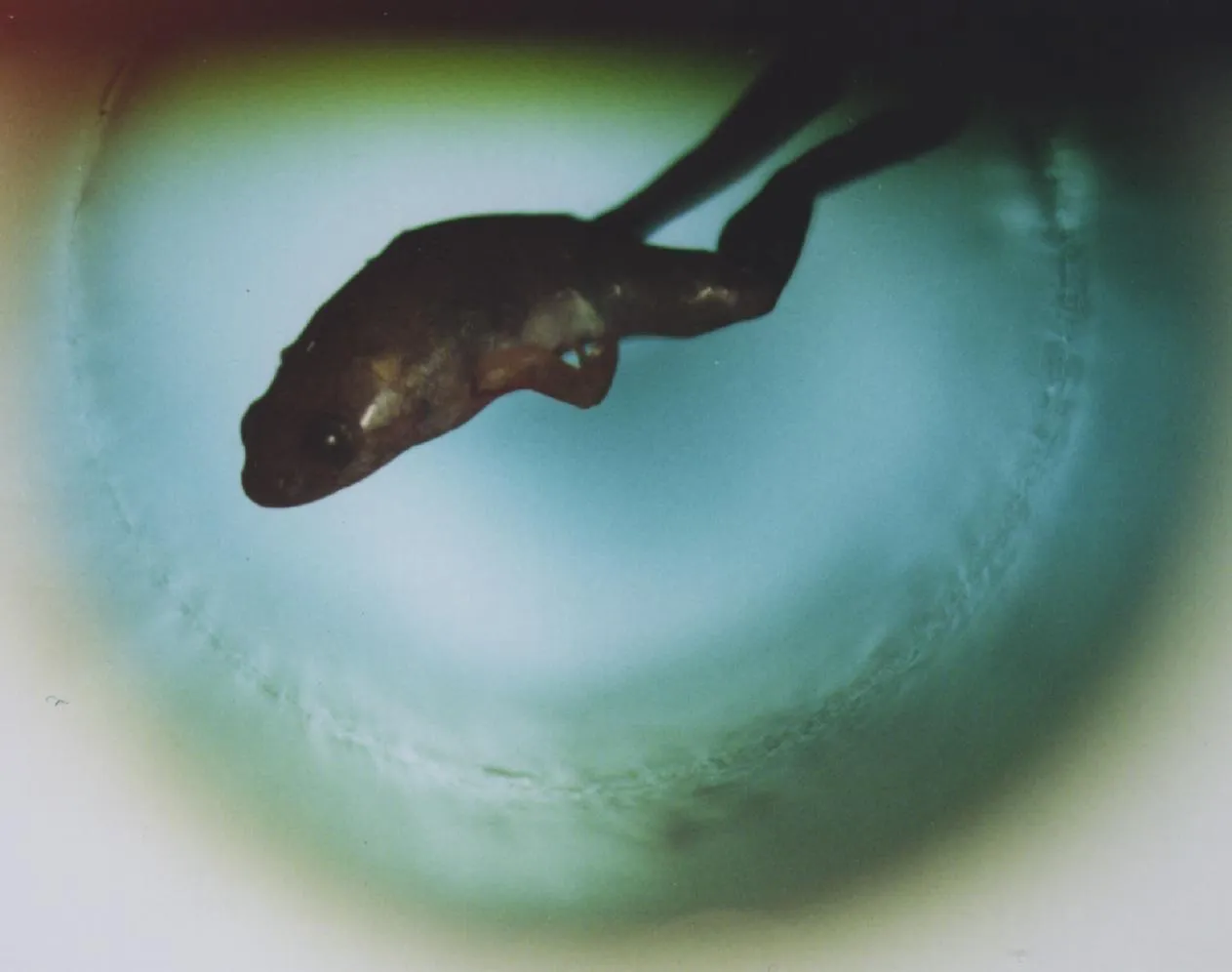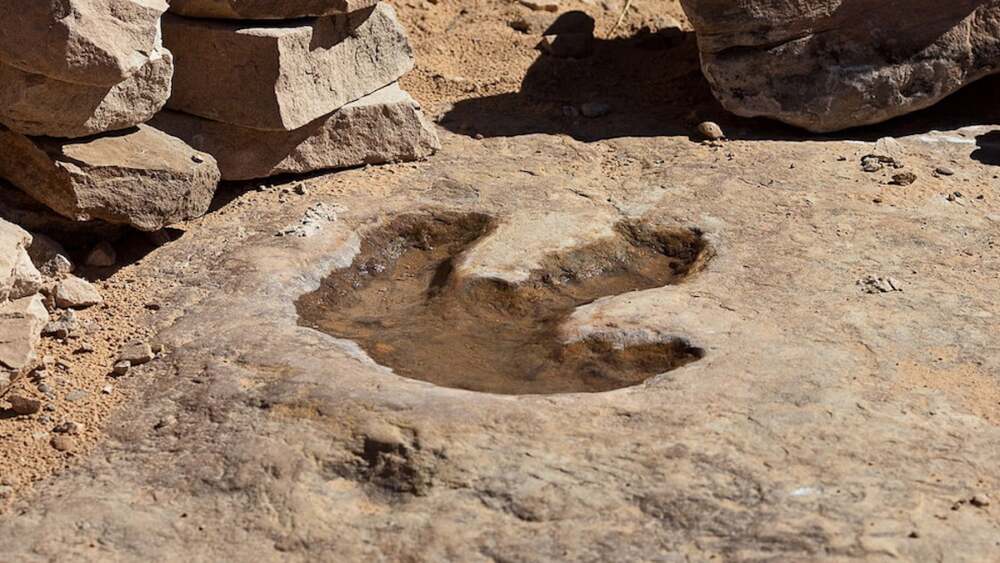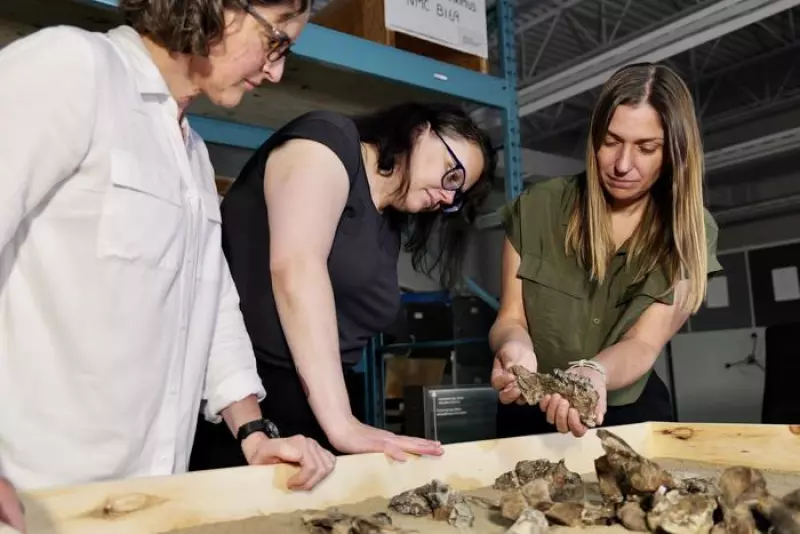In the vast history of scientific experimentation, there are few moments as delightfully strange and profoundly thought-provoking as the day a frog floated in midair inside a laboratory in the late 1990s. What began as an offbeat exploration of magnetic phenomena ended up captivating the world, revealing how the forces that hold the universe together could momentarily unbind an ordinary amphibian from the pull of gravity.
This event, which took place in 1997, became one of modern science’s most iconic “fun experiments,” blending whimsy with genuine discovery. Behind the levitating frog were researchers Andre Geim and Michael Berry, working with a team at the University of Nijmegen in the Netherlands. Their aim wasn’t to create a viral spectacle — though it would eventually become just that — but to test the limits of diamagnetism, one of the most subtle and universal physical properties in nature.
How a Frog Floated: The Science Behind the Spectacle
To understand how a frog can defy gravity without rockets, helium, or invisible strings, we must dive into the physics of diamagnetism.
Every substance on Earth interacts with magnetic fields in some way. Some materials — such as iron, cobalt, and nickel — are strongly magnetic, aligning their internal magnetic domains with external fields. Others, like aluminum, are paramagnetic, weakly attracted to magnets. But most materials, including wood, water, and indeed, the cells of a frog, are diamagnetic — meaning they produce a weak opposing magnetic field when exposed to an external one.
This opposition is normally imperceptible, far too small to lift even a grain of sand. However, if you create a magnetic field strong enough — in this case, around 16 teslas, roughly 10 times stronger than an MRI machine — the diamagnetic effect can balance the gravitational pull on light materials. The frog, composed mostly of water (about 80%), was an ideal candidate. When placed inside the bore of a superconducting magnet, it gently rose until the upward magnetic force equaled the downward force of gravity, achieving a delicate, hovering equilibrium.
To an observer, it looked like magic. The frog floated motionless, its legs slightly extended, its eyes wide, as though bewildered by its own liberation from the Earth’s grasp. When the field was turned off, it softly descended, unharmed and perfectly healthy.
Why Do This at All?
Skeptics might have dismissed the experiment as little more than scientific showmanship. Yet Geim’s intentions were rooted in curiosity and pedagogy — the driving forces of much great science.
For one, the levitating frog demonstrated a concept often hidden from view: that diamagnetism is a property of all matter, not just of exotic lab materials. By showing that even living creatures can respond to magnetic fields in such a dramatic way, the researchers opened new avenues for thinking about how magnetic forces could be used in biophysics, chemistry, and even space research.
It also provided a way to simulate weightlessness on Earth. In microgravity environments, such as aboard the International Space Station, experiments are limited and costly. But magnetic levitation can create a similar effect on small scales, allowing scientists to study how plants grow, how materials crystallize, or how cells behave in “zero gravity” conditions — all without leaving the ground.
The Moment That Made Physics Fun Again
The levitating frog experiment gained global fame after Geim received the Ig Nobel Prize in 2000, an award that honors “achievements that make people laugh, then think.” It was a perfect fit: the image of a frog floating in midair was absurdly funny, yet it embodied profound principles of magnetism and gravity.
Far from being trivial, the Ig Nobel moment reflected the playful side of scientific inquiry — the willingness to explore, to test ideas, and to find joy in the unexpected. Andre Geim himself later won the real Nobel Prize in Physics in 2010, for his work isolating graphene, the revolutionary one-atom-thick form of carbon. In a sense, the same mindset that led him to levitate a frog also guided him to one of the most important discoveries of the 21st century: curiosity unrestrained by convention.
From Frogs to the Future: What the Experiment Inspired
The frog experiment wasn’t just a one-time spectacle. It inspired a generation of scientists to think differently about magnetism and its potential applications.
- Materials Research: Magnetic levitation is now used to study materials under low-gravity conditions, helping researchers develop new alloys, semiconductors, and superconductors without the interference of sedimentation or convection.
- Biological Studies: By levitating cells, seeds, and even small animals, scientists can observe how living organisms adapt to gravity-free environments — a key to understanding how life might survive in space.
- Medical Applications: Although human levitation remains science fiction, the principles behind diamagnetism are crucial for magnetic manipulation in medical technology, from imaging to targeted drug delivery.
- Public Engagement: The levitating frog became a cultural icon, a symbol of the joy of scientific discovery. It showed that physics could be visually striking, accessible, and deeply human.
The Limitations of Magnetic Levitation
Despite its elegance, the technique has limits. The immense magnetic fields required are expensive and potentially dangerous. Superconducting magnets must be cooled to cryogenic temperatures, and the infrastructure to generate 16-tesla fields is enormous.
Scaling up to human levitation would require magnetic fields so intense they could disrupt nerve signals and electronic devices. In short, while levitating a frog is possible, levitating a person would remain impractical for the foreseeable future.
Still, the experiment’s symbolic power continues to ripple through science. It embodies the idea that even a “simple” act — making a frog float — can shake our understanding of the natural world.
The Spirit of Discovery
At its heart, the levitating frog story is not about magnets, frogs, or even physics — it’s about curiosity. It’s about the human drive to ask “what if?” and the courage to pursue the answer, even when the result seems whimsical or absurd.
Andre Geim once said that he conducted the experiment “out of boredom.” But perhaps boredom is another word for the restless desire to explore. From that playful question came not only laughter and amazement but also insight — proof that serious science can coexist with humor, creativity, and imagination.
More than two decades later, the image of that frog — weightless, serene, and suspended in a magnetic dream — continues to remind us that science isn’t only about utility. It’s about wonder.
















Leave a Reply